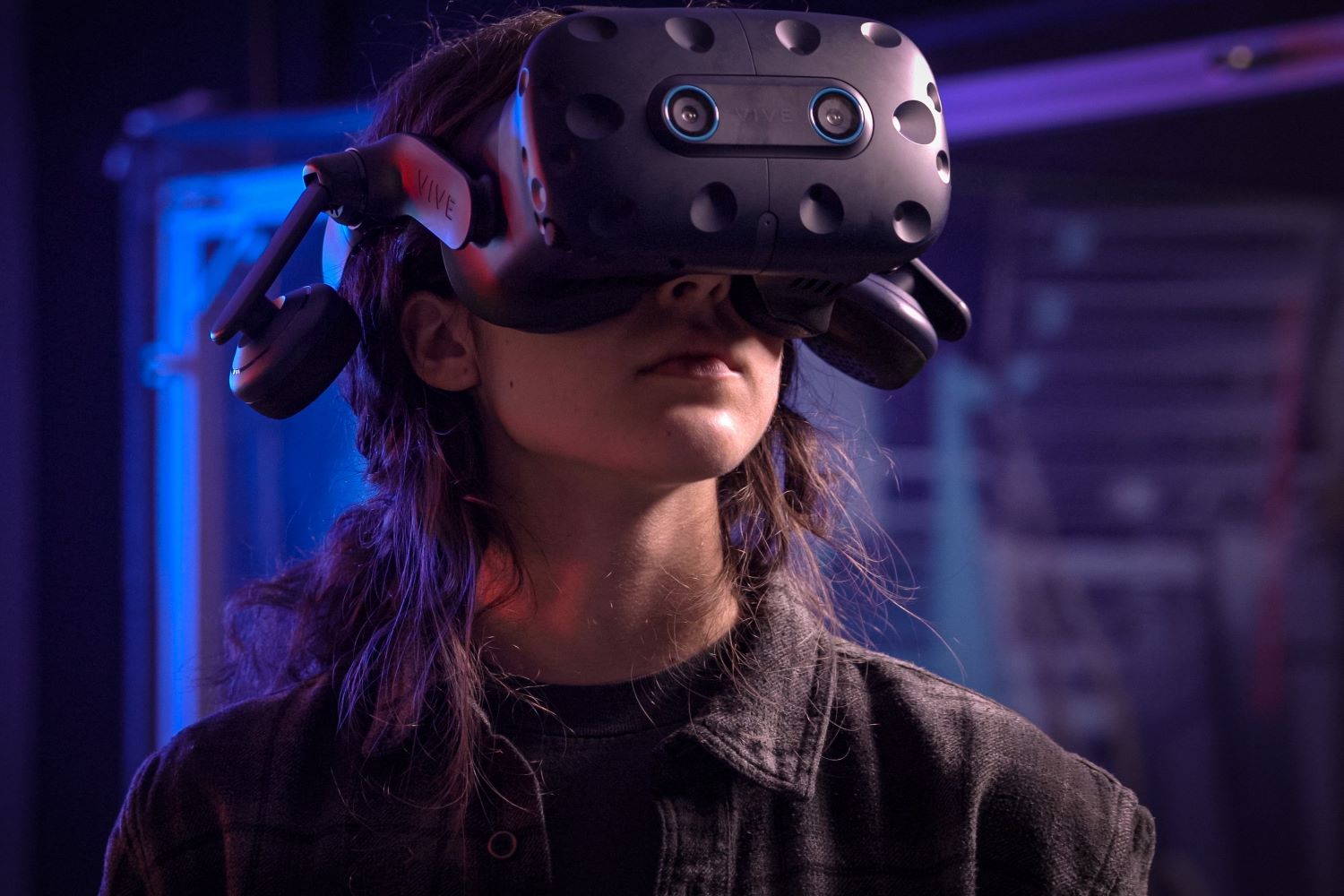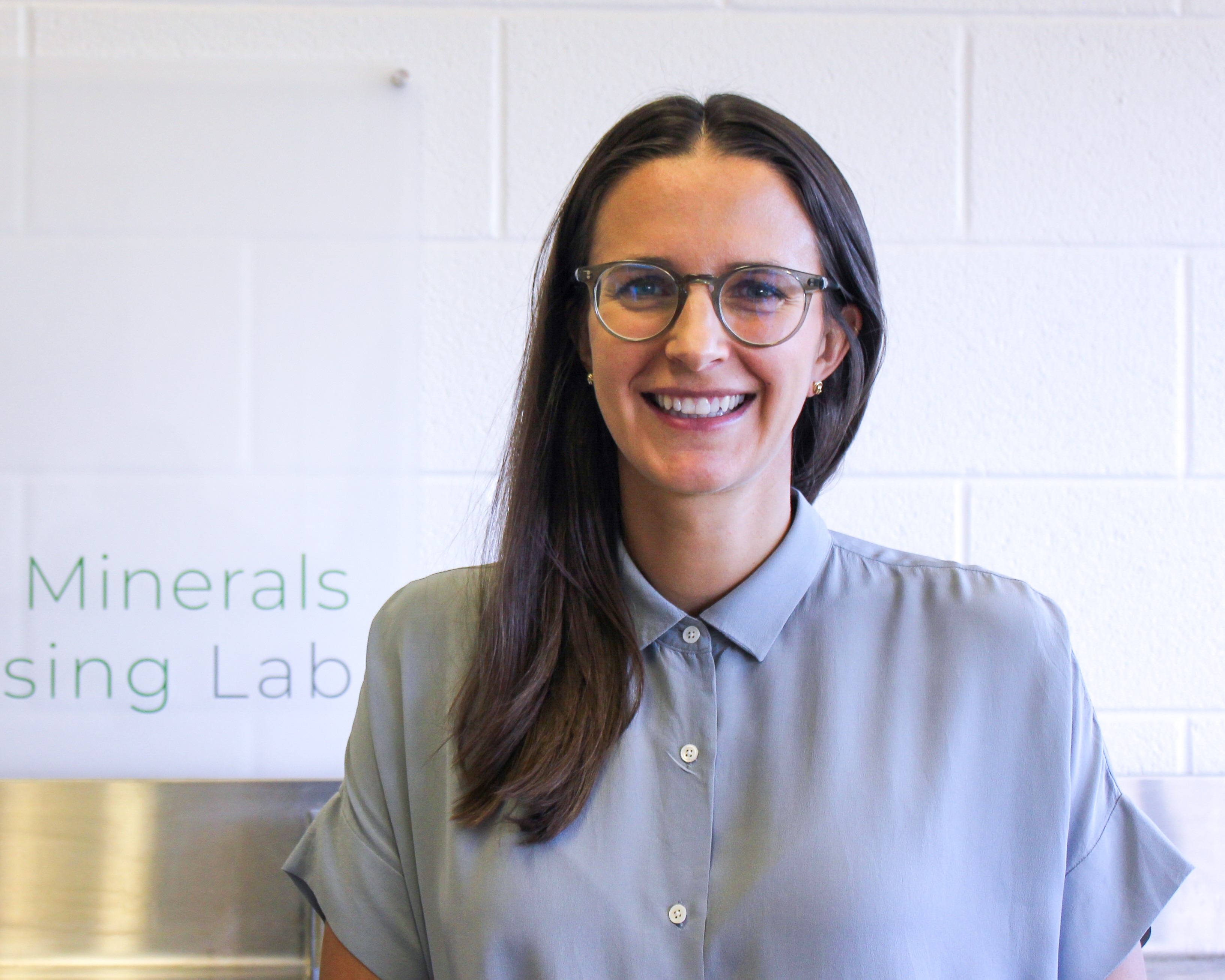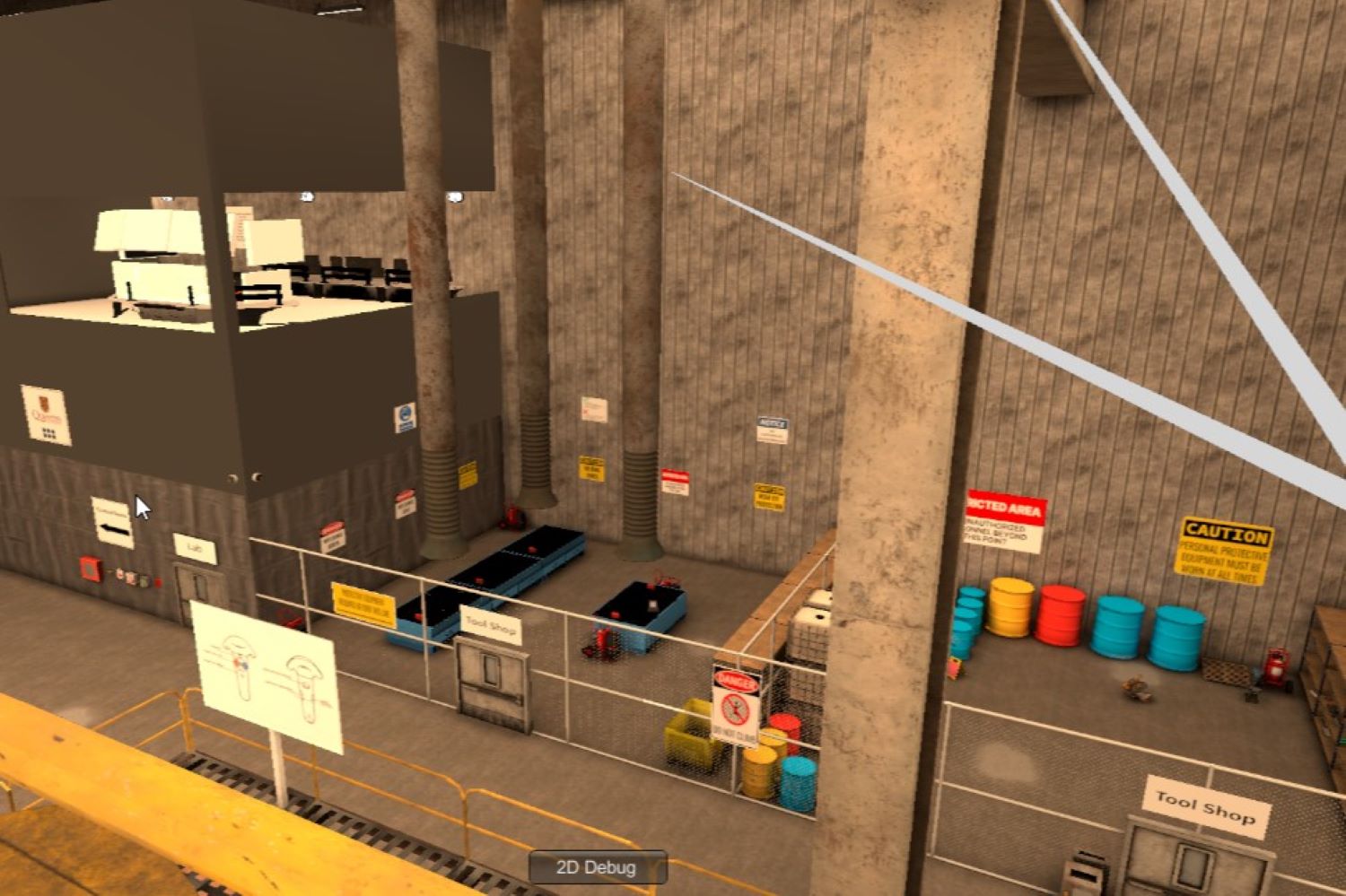
Visits to actual processing facilities are an important part of the learning process for mining students. It exposes them to the places they could work someday and provides hands-on learning opportunities that illuminate classroom lectures.
During the COVID pandemic, those field trips became much more difficult to organize. In 2021, the Engineering Teaching and Learning Team at Smith Engineering approached Charlotte Gibson (PhD’16), the Assistant Professor and Associate Head of the Robert M. Buchan Department of Mining, regarding a grant opportunity from eCampus Ontario to fund a virtual reality (VR) offering which would help students obtain hands-on experience another way.
“As we started to build out the VR over the subsequent years,” she says, “we realized it's a really good tool to augment field trips. The real-life experience of the field trips coupled with this opportunity to interact and engage in that environment in a way that they can't when they're just on a tour has been really interesting.”
With funding in hand, the Engineering Teaching and Learning Team and Gibson, along with several interns and Teaching Assistants, got to work. Industry collaborator BBA Consultants first provided technical expertise and, with eCampus Ontario’s funding now concluded, is now financially contributing to the project.

Gibson first incorporated the technology in two courses, MINE 201: Introduction to Mining and Minteral Processing, and MINE 331: Methods of Mineral Separation. With continued refinement of the technology in the years since its launch, there are now over 100 students using VR as part of their mining engineering education. Students participating in the VR exercises don headsets and complete 45-minute immersive learning experiences which are tailored to their in-class learnings with such attention to detail that they even feature virtual safety equipment.
“The second-year students complete a mill discharge sampling scenario where they have to put an instrument into a slurry stream, take a sample out, and use a scale to measure some of its characteristics,” Gibson says. “The third-year students are faced with a plant troubleshooting problem where the product quality starts to drop, and they need to investigate and figure out what they can do to correct that.”
Once they’ve completed the assignment, students are assessed on their ability to understand the spatial layout of the plant, its overall purpose, and some of the more technical aspects of what they’ve seen and experienced in VR. This is especially important to help Gibson and the teaching and learning team evaluate VR as a learning tool.
Gibson says the student feedback has been positive, and the early results showed a noticeable jump in evaluation scores for students who had the VR experience. The technology has continued to advance since its initial deployment with more detailed and realistic virtual environments. Minecraft, this is not.
Another growth opportunity for the project is the building of a library of learning scenarios. Gibson envisions having virtual learning options for students wanting to learn about mining, processing, extractive metallurgy and refining, waste management, and even community relations.
“There’s an infinite number of those troubleshooting scenarios that we could actually build,” she said. “There's a ton of potential to take this not just into more detail in mining, but to a more multidisciplinary level.”
